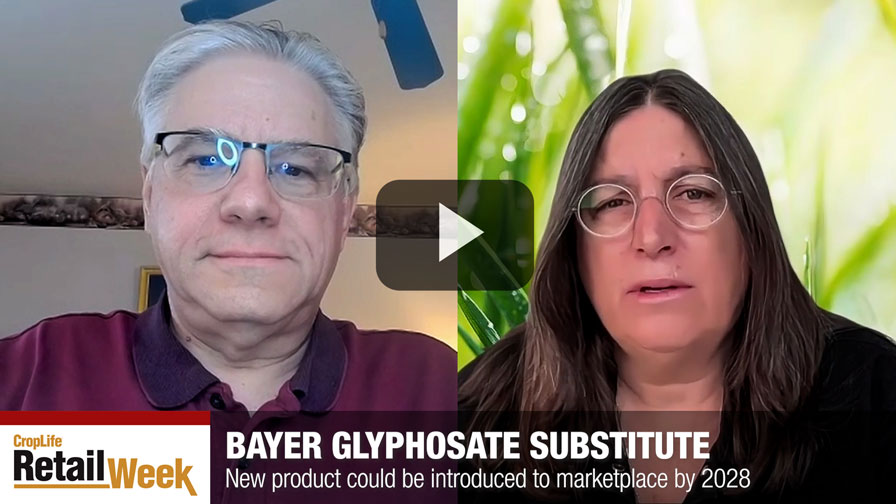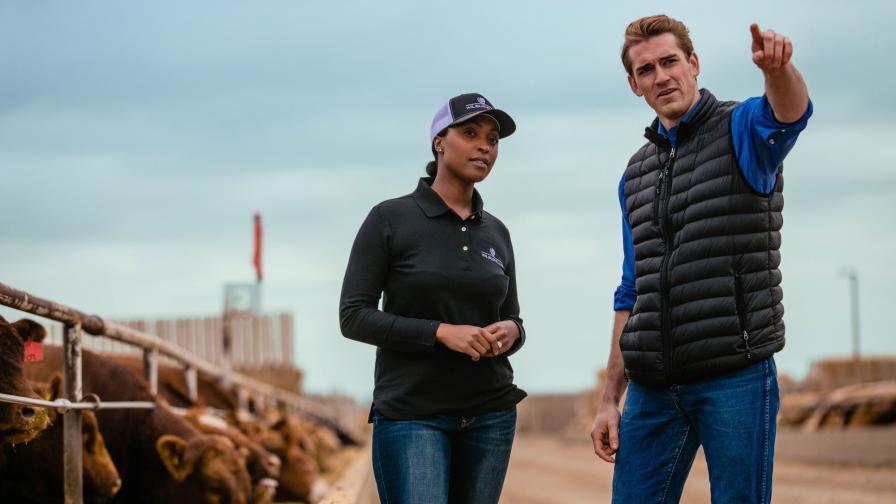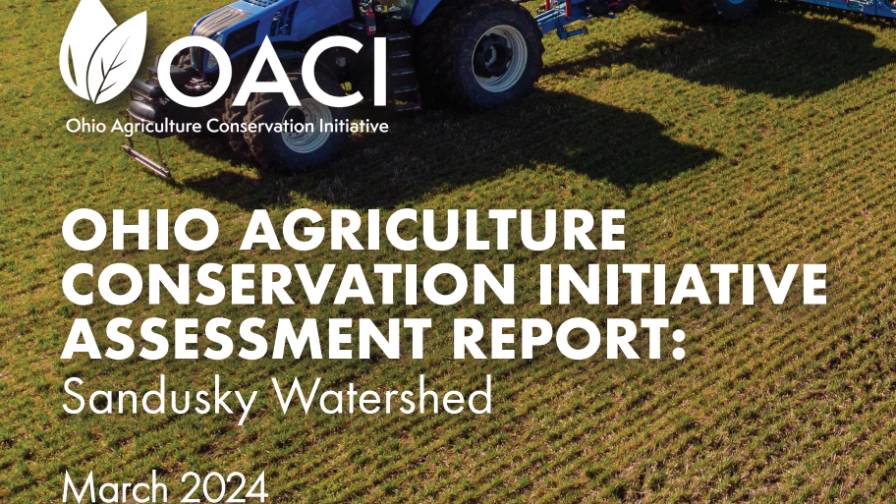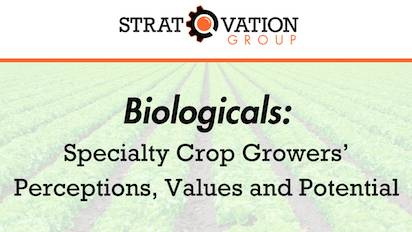EPA To Hold Panel On Atrazine
Beginning today, the U.S. EPA is holding a Scientific Advisory Panel for a reevaluation of the herbicide atrazine. For four days, academic, industry and government experts, along with representatives of stakeholder groups, will again address the EPA committee with information on the safe and important herbicide atrazine.
The most studied herbicide in the world, with more than 6,000 studies on record, atrazine is already supported as a safe crop protectant by years of credible, scientific research. Despite the copious data on this proven tool, the EPA is carrying out this reevaluation outside of normal procedures due to unsubstantiated activist claims based upon incendiary rhetoric. The National Corn Growers Association strongly opposes the EPA’s complicity in this continued attack and urges the agency to base policy decisions in sound science.
During the public comment portion of the hearings, scheduled for Wednesday, Sept. 15, Triazine Network Chairman and Kansas Corn Executive Director Jere White will speak on behalf of the growers who depend upon atrazine to help fight herbicide-resistant weeds. Gary Marshall, MO Corn CEO will also be part of the Triazine Networks panel. Representatives from other stakeholder groups will also speak out during this period to stress the importance of this chemical to U.S. agriculture as a whole.
“Currently, atrazine is applied on more than half of all U.S. corn acres, two-thirds of sorghum acres and nearly 90 percent of all U.S. sugar cane acres,” White says. “Mixed with another herbicide, atrazine enhances the performance of the original product and helps to control a variety of herbicide-resistant weeds. With positive safety reviews on record by the EPA, Australia, Canada, the United Kingdom and the World Health Organization, this important chemical has a proven safety record.”
Not only is atrazine safe, it helps to protect the environment by saving soil. When using this product, farmers are more likely to turn to conservation and no-tillage systems that protect valuable top-soil. In 2008, 64 percent of the atrazine used in corn farming allowed for no-till or conservation practices. This impacts agriculture’s sustainability directly, as conservation tillage can reduce soil erosion by as much as 90 percent.
(Source: National Corn Growers Association)






